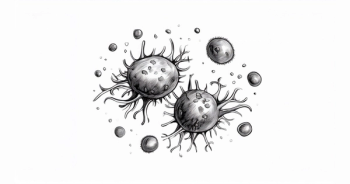
CLL: Next Steps With Novel Therapies
Sameer Parikh, MBBS:These are exciting times for the treatment of CLL [chronic lymphocytic leukemia]. We have now seen a number of studies that have shown that treatment of CLL can be done with oral small-molecule inhibitors. In contrast to the indefinite therapy that was in vogue a few years ago, we are now moving toward fixed durations of oral therapies. These are noncytotoxic treatments that work very well and have the ability to induce minimal residual disease MRD-negative remissions in a number of our patients.
In the next few years, I hope to see how our patients do when they stop these treatments after a fixed duration of either 1 or 2 years with either novel-novel combinations such as ibrutinib and venetoclax, or with novel agent combinations with monoclonal antibodies, such as venetoclax and obinutuzumab.
I think it will be important for us to follow how these patients do over time to understand if these patients can be treated again with the same type of regimens, or if subsequent therapy is not going to be effective and require moving to salvage treatments. And so, I think these data will be very exciting.
And finally, a number of our patients unfortunately continue to have relapsed disease after ibrutinib and venetoclax, so I think the next wave of research that we hope to see is with many other new, small-molecule inhibitors, such as reversible BTK [Bruton tyrosine kinase] inhibitors, next-generation BCL2 inhibitors, and CAR T-cell therapy.
Transcript edited for clarity.








































